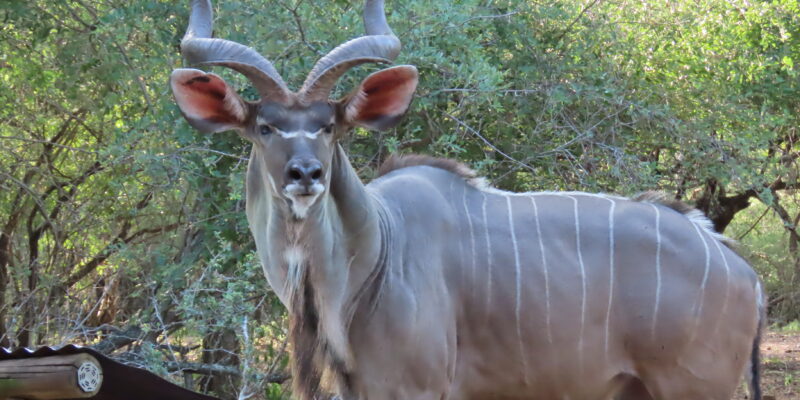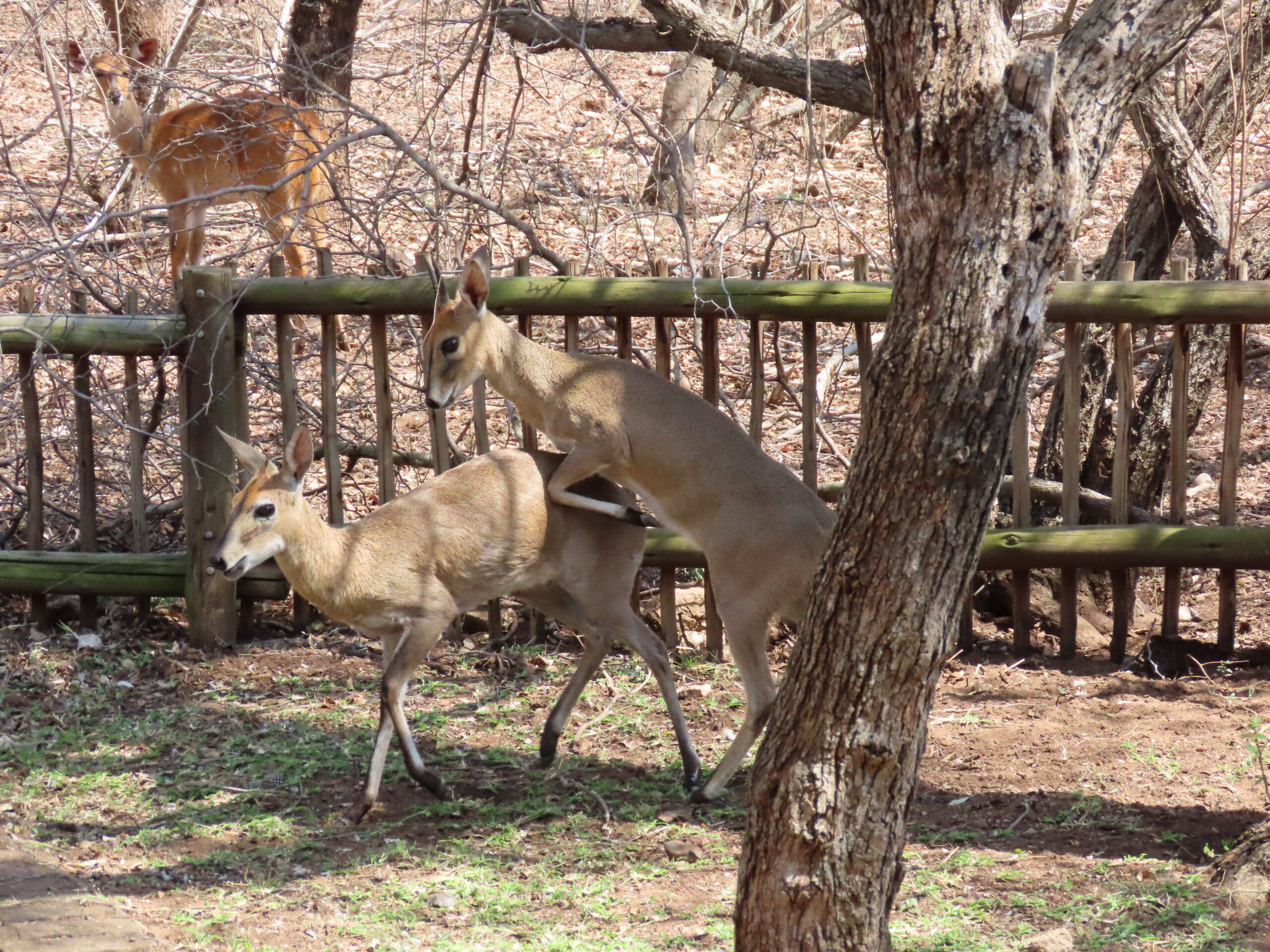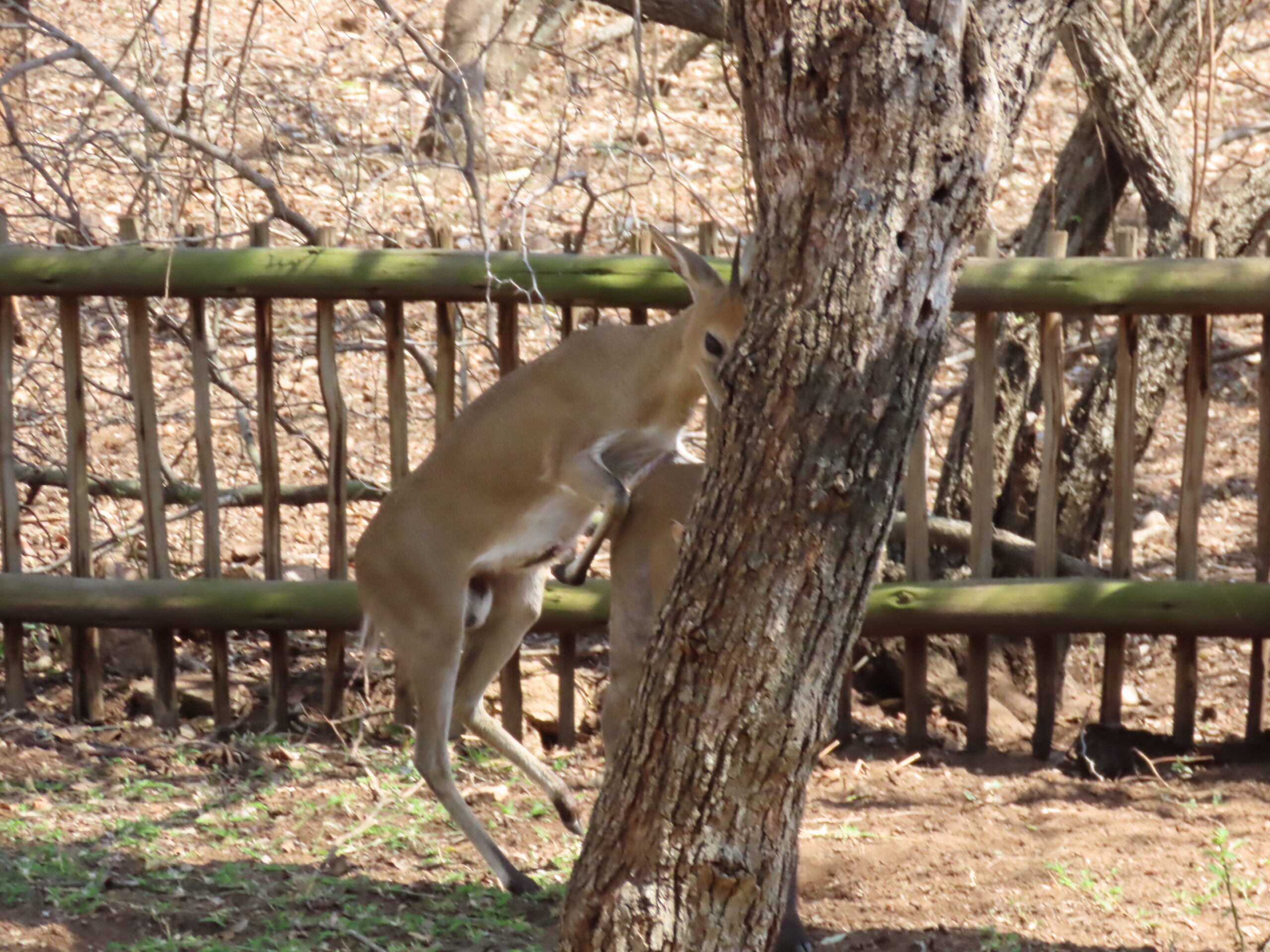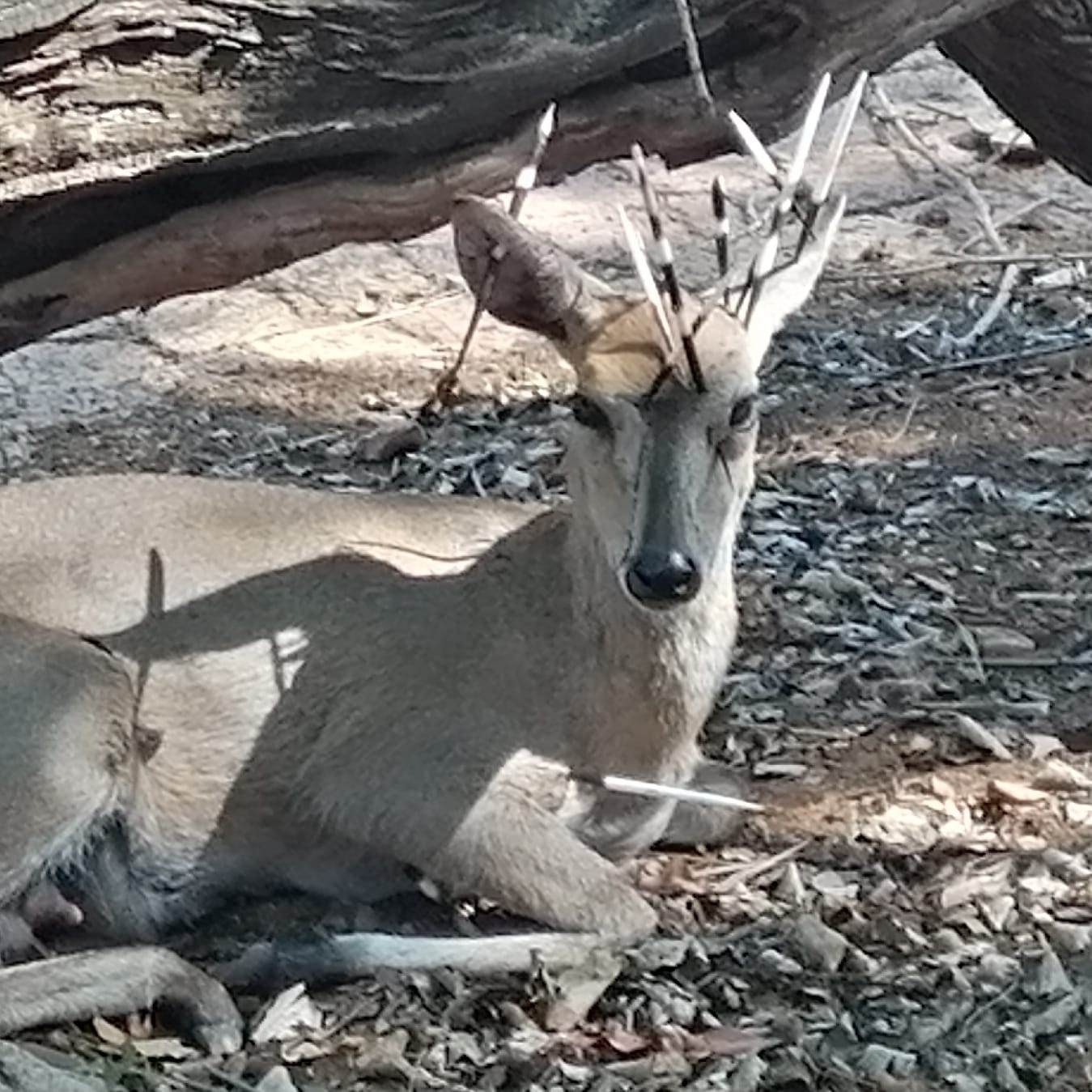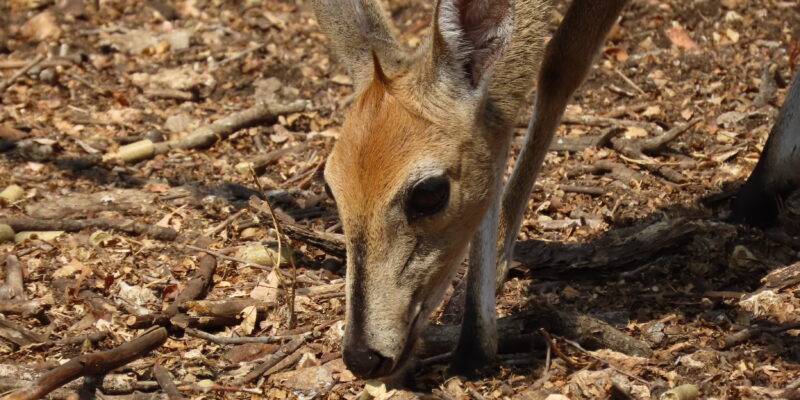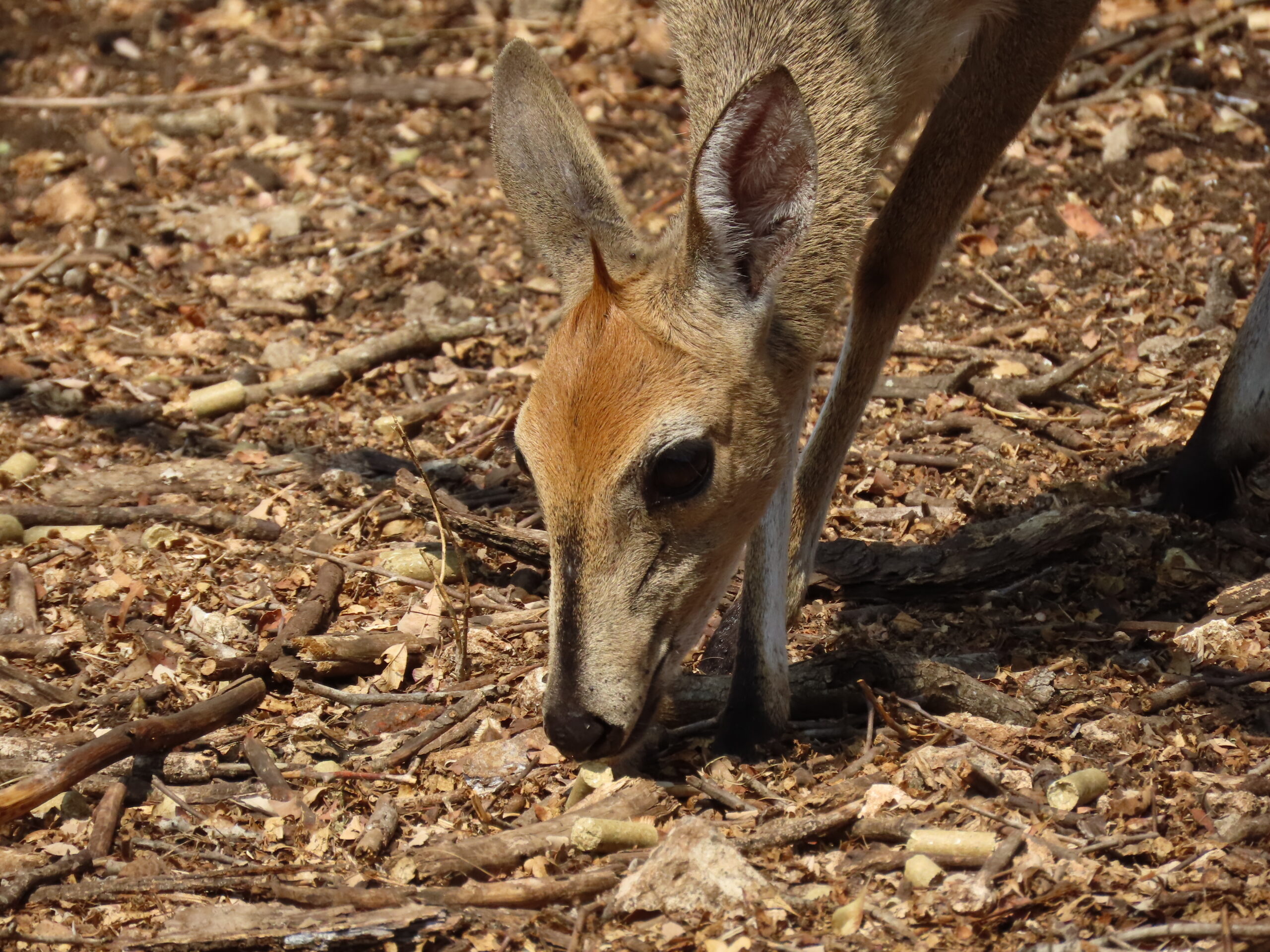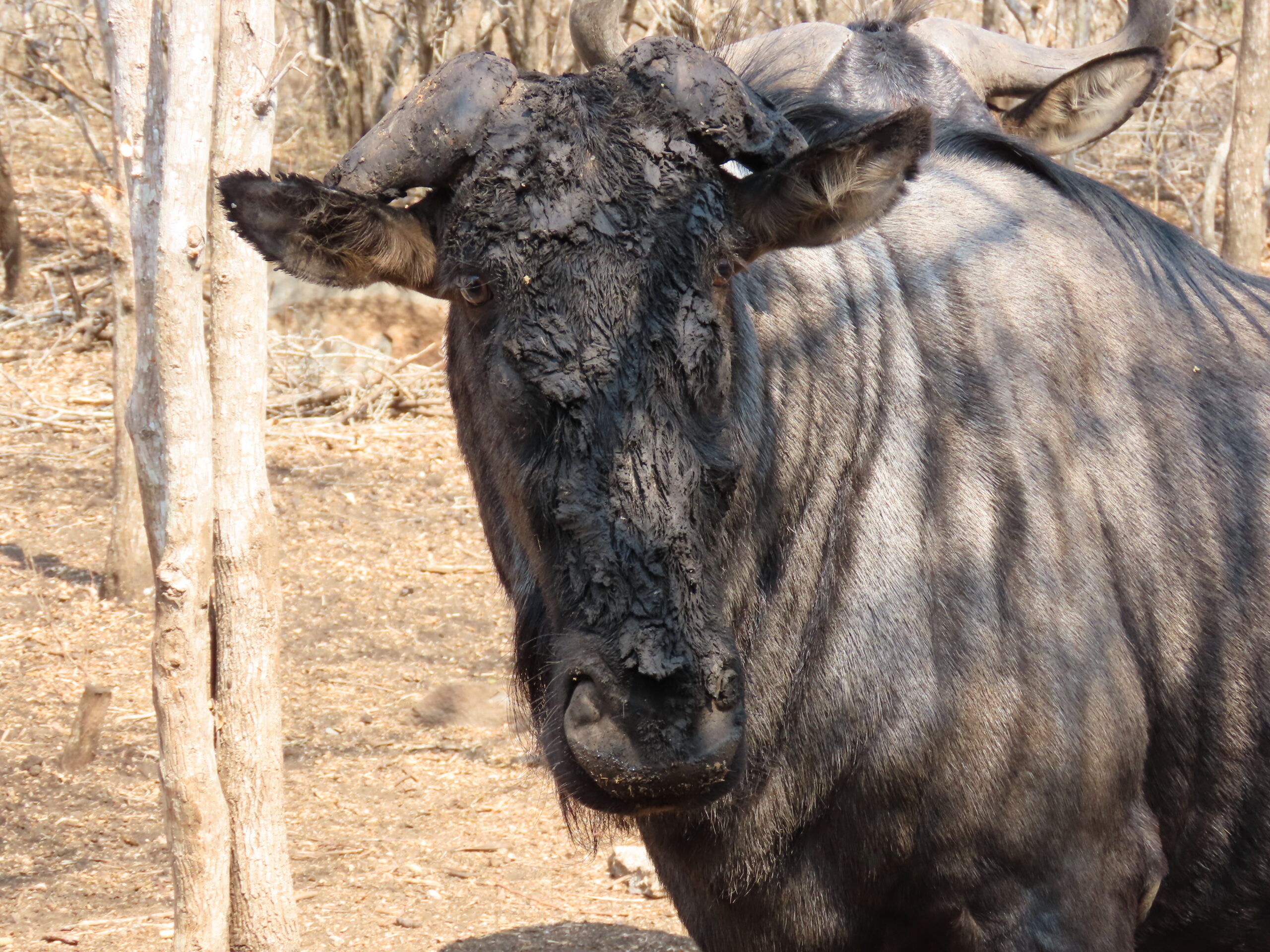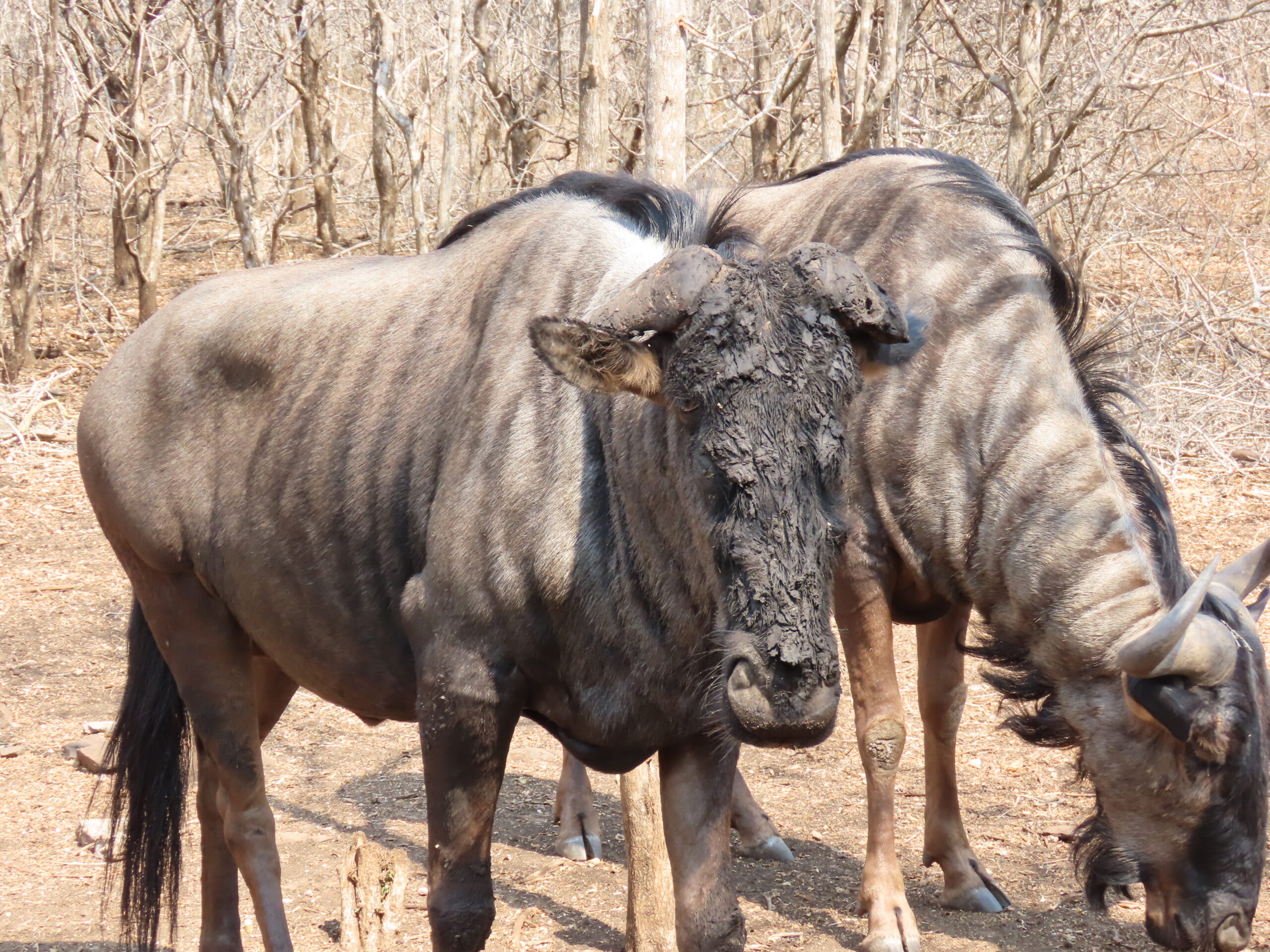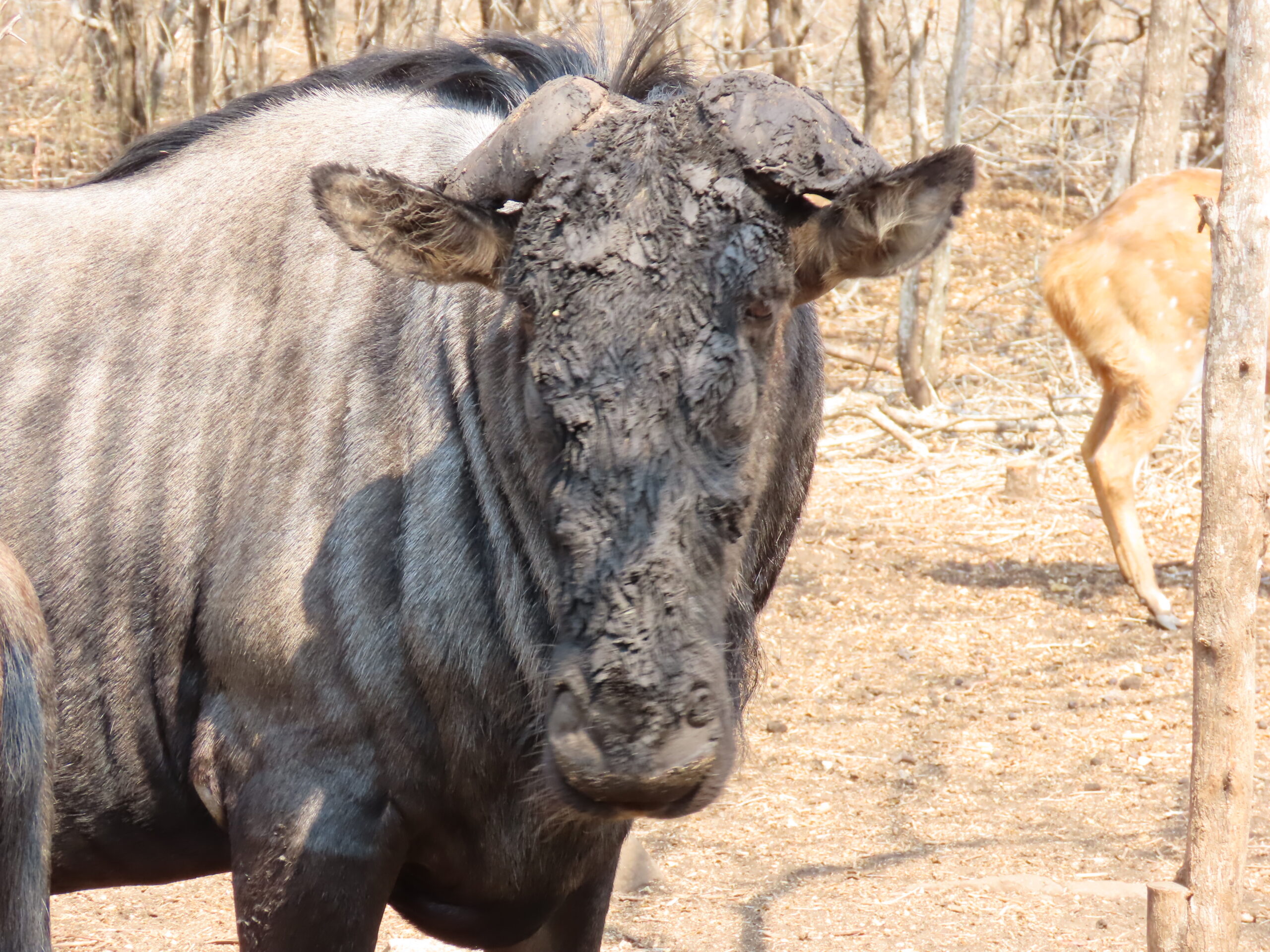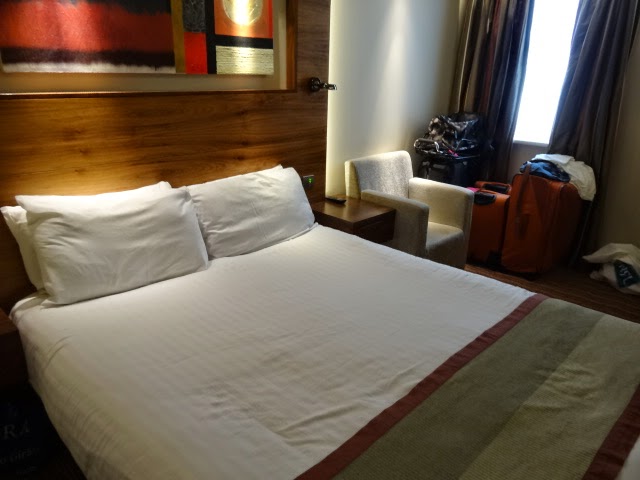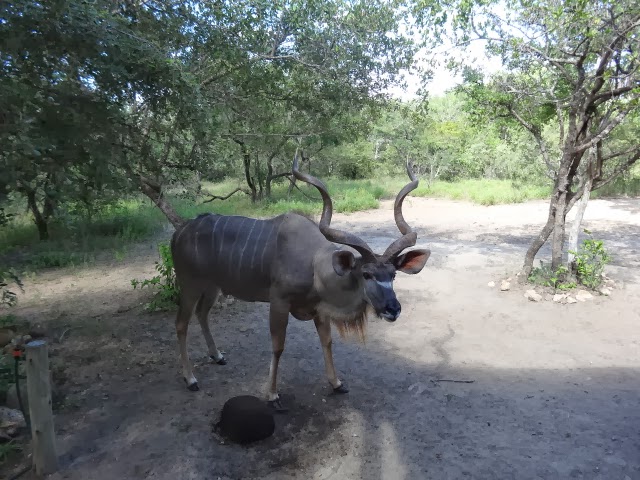
Ah, it’s a beautiful morning. The sun is shining. There’s no breeze and the temperature at 10:00 am is 78F, 26C with an expected high today of 85F, 29C. The humidity is always high here, but it’s at a meager 60% with a dew point of 63, which is quite tolerable.

The wildlife is visiting, and often I am up and down, filling the 4-cup plastic measuring cup to the brim to feed them pellets. To keep the animals off the grass, which Louise is trying to grow inside the little fence, we’re trying to feed the animals at the railing/bench, as shown in the photos.

But, they are persistent and used to walking right up to us on the veranda. They are bright and they will learn. The exception is the mongoose who seems to persist in coming up close and personal to ask for paloney. But they don’t eat grass since they are carnivores, and most animals are herbivores, only consuming vegetation.

In about 90 minutes, we’ll leave for my appointment with Doc Theo to address my allergy issues. I’m still on a low dose of Prednisone to get me through until I see him. I will report what he’s suggested in tomorrow’s post. It will also be wonderful to see this dear man we’ve become close to over the years. He’s the only primary care physician we’ve had in 12½ years.

The Cleveland Clinic doctors suggested we get a primary care physician in the US, but now that we’re on the move again, it makes no sense when we’ll only spend a few weeks in the US every year. Neither of us cares to go to a doctor unless we need immediate treatment.

After the appointment, we’ll go to the pharmacy to fill prescriptions while we shop for some odds and ends at the Spar market. The new SaveMor market here is good, but they don’t have many products we regularly use, such as sour cream, cream cheese, and various hard cheeses.
Today, we’ll purchase more carrots and some apples, hoping that Norman and his family will stop by. If he doesn’t, we’ll dole them out to the other animals, who love the ice-cold carrots and apples. We use a small amount of carrots in our salads, but neither eats apples or fruit other than occasional berries.

With our weight loss goals in mind, we avoid fruit, grains, and starches, except for a bit of almond or coconut flour required in specific recipes. Tom gave up eating rice for the time being since it prevented him from losing weight. Since he stopped eating it several days ago, he’s lost several pounds/kilos.
When Vusi washed many of our clothes we’d left behind, neatly folding each item, I was shocked to see how much more clothing we each left behind. Many of these items fit me since I gained weight after heart surgery in 2019. I’ve tried losing it many times but I’d lose a little and gain more, mainly due to medications I no longer take.

I don’t overeat, snack, or eat unhealthy foods. It has been so frustrating not to fit into my clothes. Less than two weeks later, I am fitting into jeans I’ve never worn from the batch Vusi washed and dried. It’s as if I have a new wardrobe. Over the years of world travel, I’ve paid little attention to clothing besides trying to look put-together. Now, I have a renewed interest.
Once we get to the US in June, we’ll need to purchase some items for the upcoming four cruises. Who knew we’d ever have the opportunity to think about clothes for cruises. We are very grateful.

Thanks to our many readers who write to us regularly, including Nicole, Thelma May, Gini, and many more. Your communication means the world to us. It’s always comforting to have friends from afar.
That’s my news for today.
Be well.
Photo from ten years ago today, March 17, 2015:


